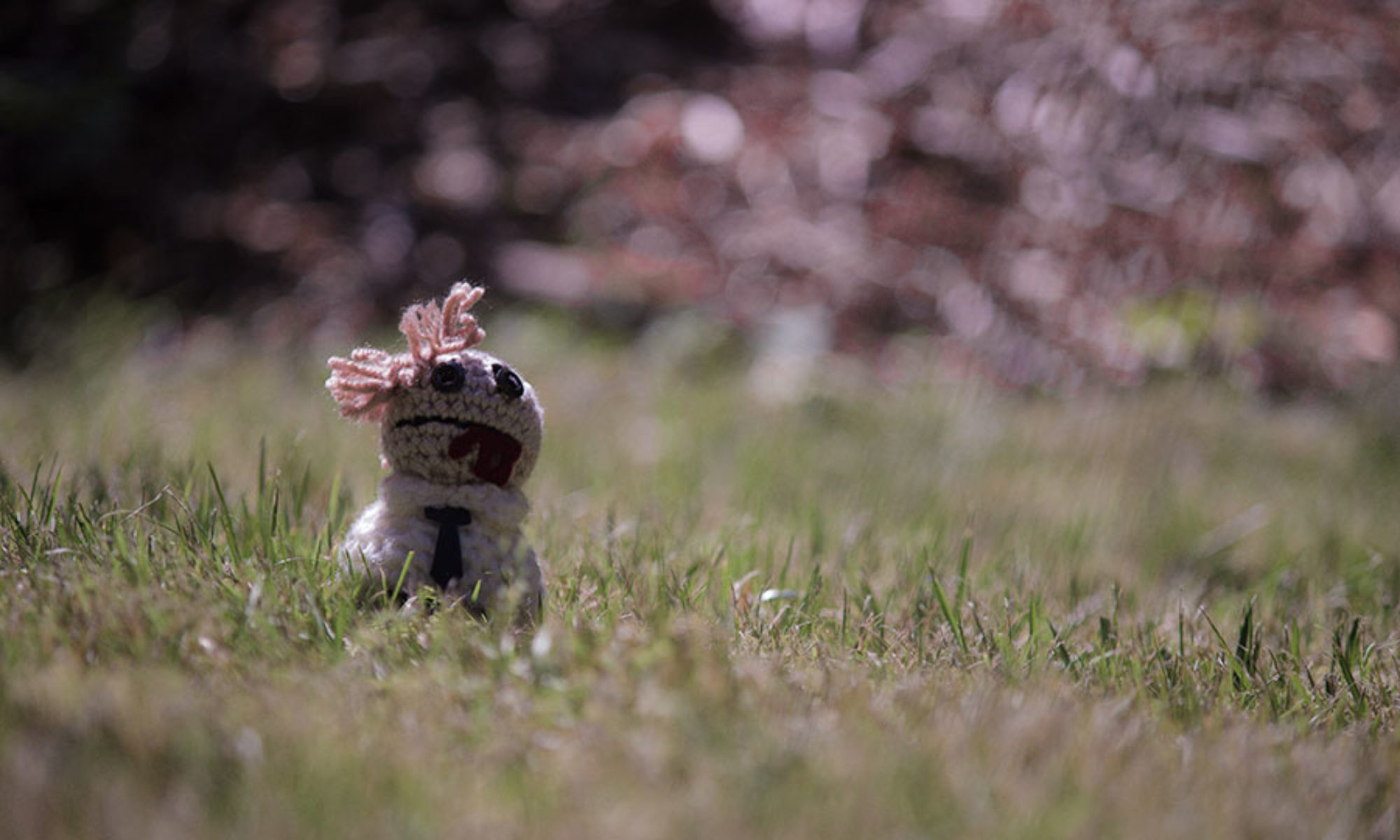 The Family Fang by Kevin Wilson
The Family Fang by Kevin Wilson
My rating: 4 of 5 stars
The Family Fang is about a functional family. One might be tempted to call them dysfunctional, but that hardly reveals anything: all families are dysfunctional, to a degree, and certainly all fictional families are dysfunctional. What would be the point of writing about a non-dysfunctional family? And note that functional is not the same as non-dysfunctional: The Family Fang is about how a dysfunctional family functions, and if by now the word “functional” has been said too many times to have any meaning anymore, then I’ve done my job of capturing the essence of the Fang Family (the people, not the novel).
Caleb and Camille have two children, Annie and Buster. I don’t want to give the author too much authority here, but in as much as naming the kids A and B was quite purposeful (for that is how they’re referred to by their parents, as child A and child B) it seems obvious that the parents are C and the Fang Family is F. Letter grades or merely a list from most to least important? If letter grades, that begs the question: who/what is D? Is it the movie Annie made, Date Due, the only thing she’s proud of? If a list, what or who is E? I/m probably reading too much into this. Indeed, there’s another double F, Annie’s other good move, Favor Fire… which is also about a dysfunctional family…
The Fang Family are performance artists, to a degree, which comes across as silly as one expects at first, even as the nature of these performances becomes more and more horrible as the novel develops. But what at first seems almost satirical turns out to be all too real. Caleb is the visionary, and for him, nothing is more important than art. Nothing. His pieces are meant to evoke reactions from strangers, and at first you may think he fails to realize what a terrible toll these performances take on his offspring. Strangers react to uncomfortable situations, and are recorded on camera. The film freezes these reactions and documents them, but how long will the memory of the event stay with the audience? Only later does it become apparent that Caleb is all too aware of the scars he’s left on his children, themselves living documents to his art.
Which is why he cannot fathom art without them, once they leave home, and attempt to become their own people, wholly removed from the Fangs. Child A and B manage to lift themselves up enough to make their fall the more painful, although by the end of the novel, they find a way to finally achieve some level of independence in artistic success– ironically, by finally drawing on their pain and suffering to create new art altogether.
This is how the Fang Family functions, and as novels go, I found this one much more satisfying than a lot of the Franzen and Sedaris stuff out there. Wilson’s prose style is easy, managing to capture, in third person, Annie’s angst in her chapters, Buster’s depression, and Caleb and Camille’s weirdness in flashbacks describing performances from the children’s childhood. It’s subtle, transparent, and allows the reader to fall into the book enough to understand without falling in so far as to identify with them or even sympathize. The Family Fang is a kind of performance piece, and the moral of the performance is: there are weirdos out there, they have families, and as much as we might want to point and laugh, our experience is ephemeral– we cannot possible know how terrible it is to live like that every day. Or maybe we can, once we start looking back at ourselves and listen for the laughter.

